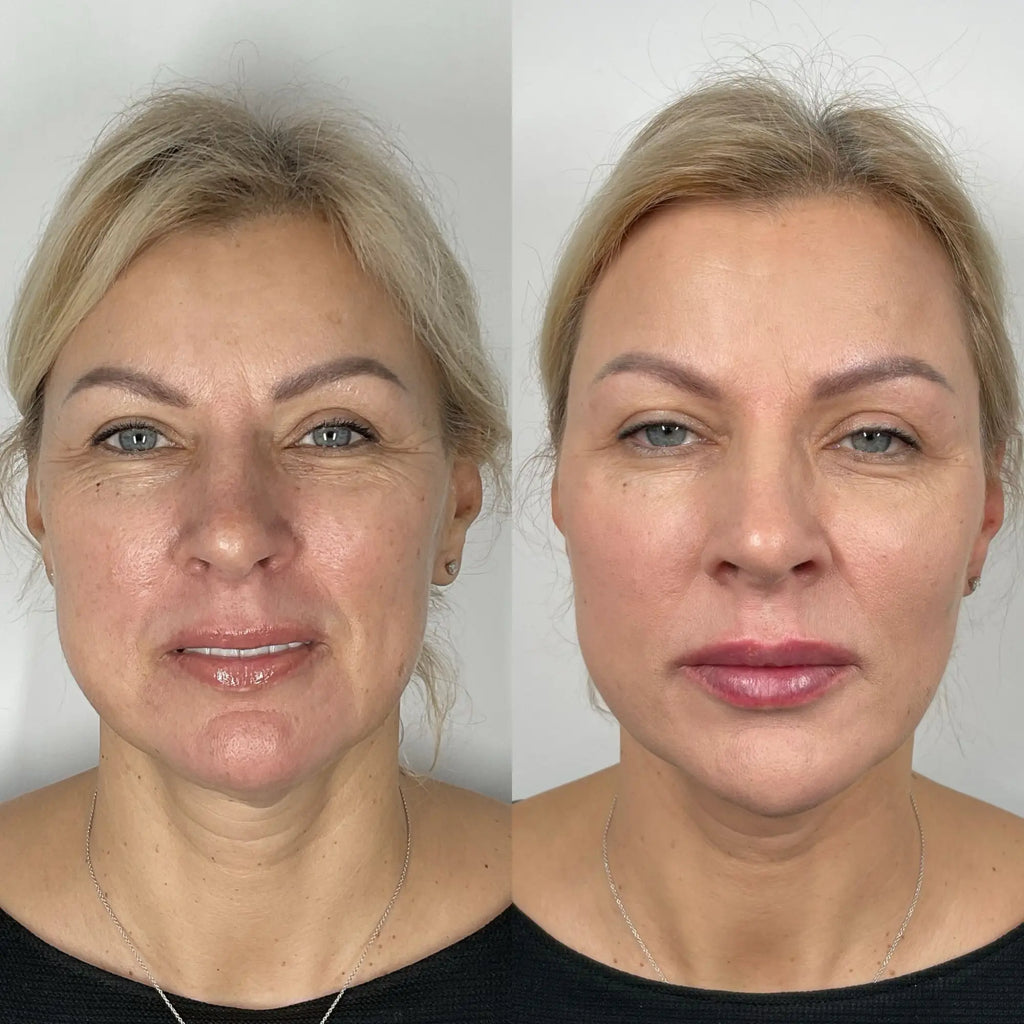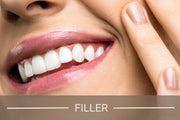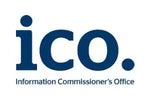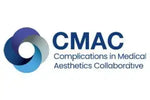IPL Photo rejuvenation vs Forever Young BBL: Key Differences Explained

Content Verification



🔍 Quick Comparison: IPL vs. Forever Young BBL 🔍
🌟 Both treatments tackle sun damage, pigmentation, and fine lines — but with different tech!
💡 IPL = Intense Pulsed Light, ideal for mild skin concerns and general brightening.
⚡ BBL = Broadband Light, a next-gen version with stronger customisation and anti-ageing benefits.
👶 Forever Young BBL actually targets gene expression — think glow-up at a cellular level!
🕒 IPL often requires more sessions; BBL gives visible results faster (and keeps skin younger longer!).
💡 Expert Tips for Glowy Results 💡
🧴 Prep your skin with a gentle cleanser — skip harsh scrubs or retinol a few days before!
☀️ After your session, stay out of the sun and use SPF 30+ religiously. Trust us, your future self will thank you.
🥶 Some redness is normal post-treatment — use cool compresses if needed, and keep skin hydrated.
📅 For best results, a series of treatments is usually recommended. Patience = power.
📞 Not sure which treatment is for you? Chat with your skincare specialist — they’ll help match you up with your best skin solution!
Light-based skin rejuvenation has become a popular option for treating common signs of ageing and sun damage. Two leading technologies—IPL Photo rejuvenation and Forever Young BBL—offer non-invasive solutions for clearer, younger-looking skin. Both treatments use targeted light therapy for skin, but their technologies and outcomes can differ significantly.
If you're considering professional skin rejuvenation, it's essential to understand how these treatments work and what sets them apart. Many patients ask whether Forever Young BBL delivers better results than traditional IPL Photo rejuvenation. With clinics increasingly offering both options, choosing the right treatment can be confusing.
This article will clearly explain the key differences between IPL and Forever Young BBL, including effectiveness, comfort, safety, and ideal candidates. By the end, you’ll be equipped to make a more informed and confident decision about your treatment path.
What is IPL Photorejuvenation?
IPL Photo rejuvenation is a non-invasive light-based treatment used to address visible signs of skin ageing and damage. It works by delivering controlled pulses of Intense Pulsed Light (IPL) to targeted areas of the skin.
Unlike lasers, IPL emits multiple wavelengths, allowing it to treat a wider range of skin concerns with minimal discomfort. This technology penetrates below the skin's surface to help break down pigmentation, stimulate collagen, and reduce redness.
According to Dr. Laura Geige, Medical Director and Skin Expert at It’s Me & You Clinic, “IPL treatment for skin is popular because it offers broad versatility. It can address pigmentation, sun damage, and broken capillaries without disrupting the skin’s surface.” She adds, “It’s especially beneficial for people looking for visible improvements with minimal downtime.”
IPL treatments, often referred to as photo facials, are typically performed in a series of sessions spaced a few weeks apart. Most patients report mild redness after treatment, which usually subsides within 24 to 48 hours.
IPL is often chosen for concerns such as age spots, freckles, sun damage, uneven skin tone, and redness linked to rosacea. While not a one-time solution, it can form part of a broader anti-ageing light therapy plan to support skin clarity and texture over time.
What is Forever Young BBL?
Forever Young BBL is an advanced form of Broad Band Light (BBL) therapy, used to improve skin tone, texture, and signs of ageing. It builds on traditional IPL by offering more precise energy delivery, customisable settings, and deeper skin targeting.
BBL works by emitting high-intensity light energy into the skin, which is absorbed by pigment and blood vessels. This triggers the body’s natural healing process while also stimulating collagen production, helping the skin appear smoother and more even.
“Forever Young BBL is a step forward in non-invasive skin rejuvenation,” explains Dr. Giedre Narkiene, dermatologist and medical doctor. “It can influence the expression of ageing-associated genes, supporting long-term skin health and resilience.” She notes, “This makes it an attractive option for patients seeking progressive anti-ageing results without downtime.”
One of the key Forever Young BBL benefits is its ability to treat early signs of ageing while promoting ongoing skin renewal. This includes concerns such as fine lines, sun damage, enlarged pores, and uneven tone.
BBL skin treatments are typically well-tolerated and require little to no recovery time. Patients may notice some redness post-procedure, but most resume normal activities immediately. Results often improve progressively with each session.
Key Differences between IPL and Forever Young BBL
While both IPL and Forever Young BBL use light energy to improve skin quality, the underlying technology and results can differ. Understanding these distinctions is essential when deciding which skin rejuvenation treatment is more suitable for your specific concerns.
BBL (Broad Band Light) delivers a broader range of wavelengths than traditional IPL, offering greater precision, intensity control, and customisation. This allows deeper penetration into the skin, making it particularly effective for anti-ageing and long-term maintenance.
According to Dr. Snieguole Geige, Medical Doctor and Senior Adviser, “The main difference between IPL and BBL is control. BBL offers enhanced precision, allowing more tailored treatments for individual skin types and conditions.” She adds, “That flexibility can often mean better results over time and improved patient satisfaction.”
The table below highlights key differences between IPL and BBL across various treatment aspects:
|
Feature |
IPL Photorejuvenation |
Forever Young BBL |
|
Technology |
Intense Pulsed Light (multiple wavelengths) |
BroadBand Light with adjustable filters |
|
Light Spectrum Control |
Limited control |
High precision, tunable settings |
|
Depth of Penetration |
Shallow to moderate |
Deeper and more uniform |
|
Comfort |
Mild discomfort, light snapping sensation |
Typically more comfortable with cooling technology |
|
Downtime |
24–48 hours of redness |
Minimal to no downtime |
|
Results |
Visible after several sessions |
Long-term results with progressive improvement |
|
FDA Approved |
Yes |
Yes |
|
Ideal For |
Redness, pigmentation, mild ageing signs |
Ageing, sun damage, long-term skin renewal |
In summary, IPL vs BBL often comes down to skin goals, sensitivity, and expectations around longevity and recovery. BBL may offer enhanced outcomes for those seeking ongoing, visible anti-ageing benefits, while IPL remains a strong choice for targeted, cost-effective treatments.
Results and Effectiveness: What Can You Expect?
Both IPL and BBL treatments aim to improve the skin’s overall appearance, but their results can vary in timing and intensity. Understanding what to expect helps patients set realistic goals and plan accordingly.
IPL treatment outcomes typically include a visible reduction in pigmentation, redness, and uneven skin tone. Improvements tend to appear gradually over a few weeks, especially after multiple sessions. Most patients require three to six treatments spaced three to four weeks apart for best results.
BBL facial results often become noticeable more quickly, sometimes within a week of the first session. Over time, skin may appear brighter, firmer, and more even in tone. BBL is commonly used for progressive skin maintenance, helping to improve texture and support anti-ageing effects over the long term.
“Patients often find BBL offers faster visual changes and longer-lasting benefits,” says Dr. Laura Geige. “It’s not just about surface correction—it’s about encouraging the skin to behave more like youthful skin.”
Regardless of the method, results are not permanent. Maintenance treatments every few months may be recommended to prolong the effects. For those seeking ongoing skin tone improvement, BBL may offer a more sustained outcome, while IPL remains effective for addressing specific pigmentation and redness concerns.
Side Effects, Safety, and Downtime
Both IPL and BBL are non-invasive skin treatments, generally considered safe when performed by qualified professionals. However, as with any procedure, some side effects may occur.
IPL side effects can include temporary redness, mild swelling, and slight flaking or darkening of pigmented areas as they begin to clear. These symptoms typically resolve within 24 to 48 hours. BBL treatments are often better tolerated, with most patients experiencing only mild redness that subsides within hours.
BBL treatment recovery is usually minimal, with little to no disruption to daily routines. This makes it a suitable option for those seeking low-downtime rejuvenation.
Not everyone is an ideal candidate. Individuals with very dark or tanned skin, active infections, or certain medical conditions may be advised to avoid these treatments.
Both technologies have strong safety records when administered appropriately. A full consultation and skin assessment are essential to determine suitability and reduce the risk of adverse effects.
Cost Comparison: IPL vs BBL in the UK
When comparing IPL vs BBL cost in the UK, prices can vary significantly depending on the clinic, location, and practitioner experience. On average, an IPL session may cost between £100 and £250, while Forever Young BBL treatments typically range from £200 to £400 per session.
Several factors influence light therapy pricing in the UK, including the treatment area, the technology used, and the provider’s qualifications. Clinics in major cities may charge more due to higher overheads and demand, while experienced practitioners may command premium fees for their expertise.
While BBL sessions are generally more expensive, many patients view the investment as worthwhile due to faster results and potentially longer-lasting improvements. IPL remains a cost-effective option for treating specific issues like redness and pigmentation.
Ultimately, value depends on treatment goals, skin concerns, and expectations. A personalised consultation will help determine the most effective and financially appropriate option for you.
Which Treatment is Right for You?
Choosing between IPL and BBL depends on your skin type, treatment goals, and desired outcomes. IPL is often ideal for targeting pigmentation, redness, and mild sun damage, making it suitable for those with specific concerns and lighter skin tones.
Forever Young BBL may be the better option for ongoing anti-ageing, collagen stimulation, and broader skin rejuvenation, especially if you're seeking long-term skin maintenance.
The best light treatment for your skin types hould be based on a professional assessment. A consultation with an experienced practitioner ensures safety, efficacy, and realistic expectations tailored to your skin’s needs.
The Bottom Line
Both IPL and Forever Young BBL offer effective, non-invasive options for improving skin clarity, tone, and signs of ageing. While IPL targets specific concerns like pigmentation and redness, BBL provides broader, longer-term rejuvenation benefits. The right choice depends on your skin type, goals, and overall condition.
Always consult a qualified professional before starting treatment. A personalised approach ensures safety, maximises results, and supports healthy skin over time with the most suitable technology.
Disclaimer: This article is for informational purposes only and does not constitute medical advice. Please consult a qualified medical professional or dermatologist before starting any treatment.




























